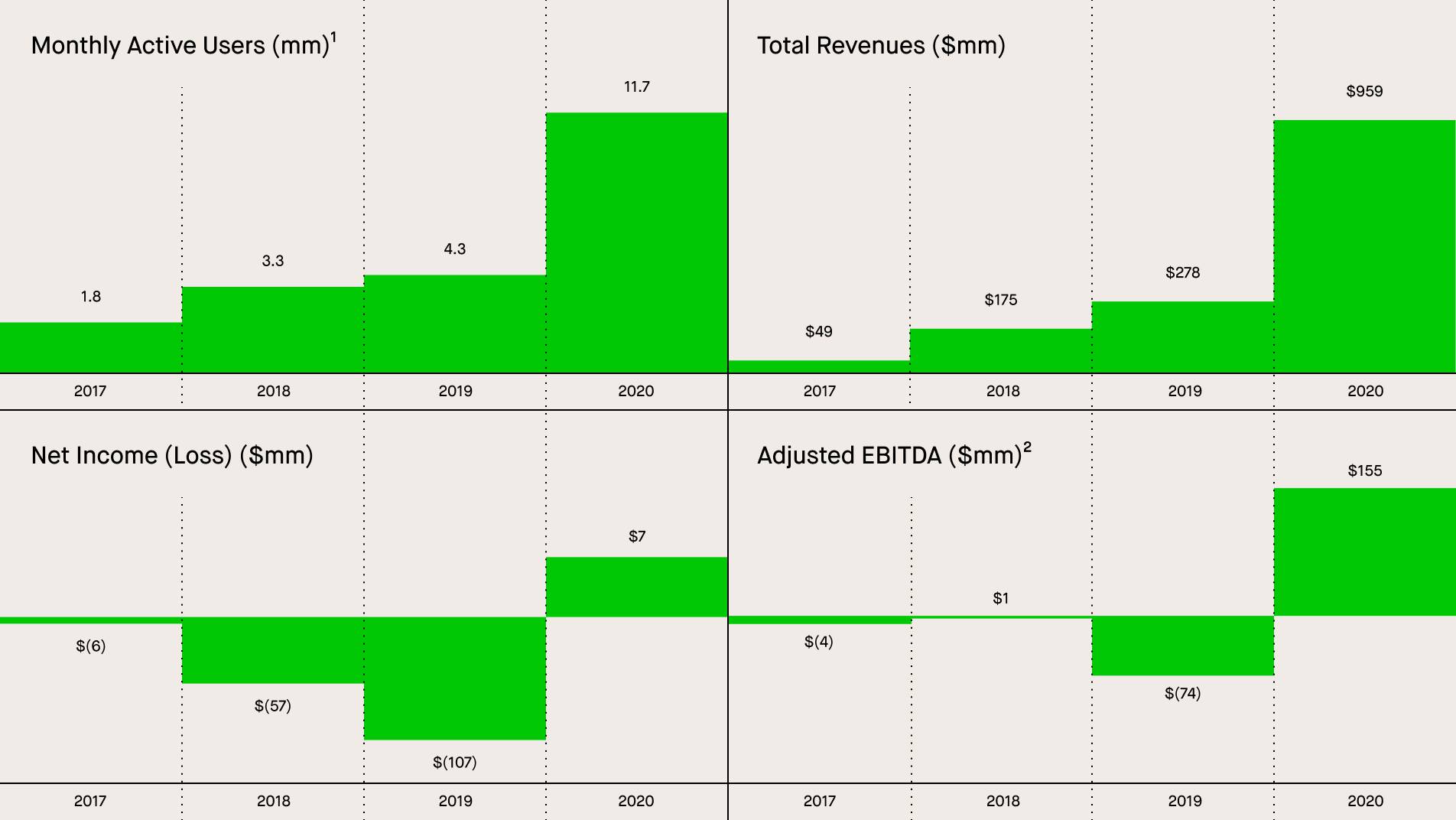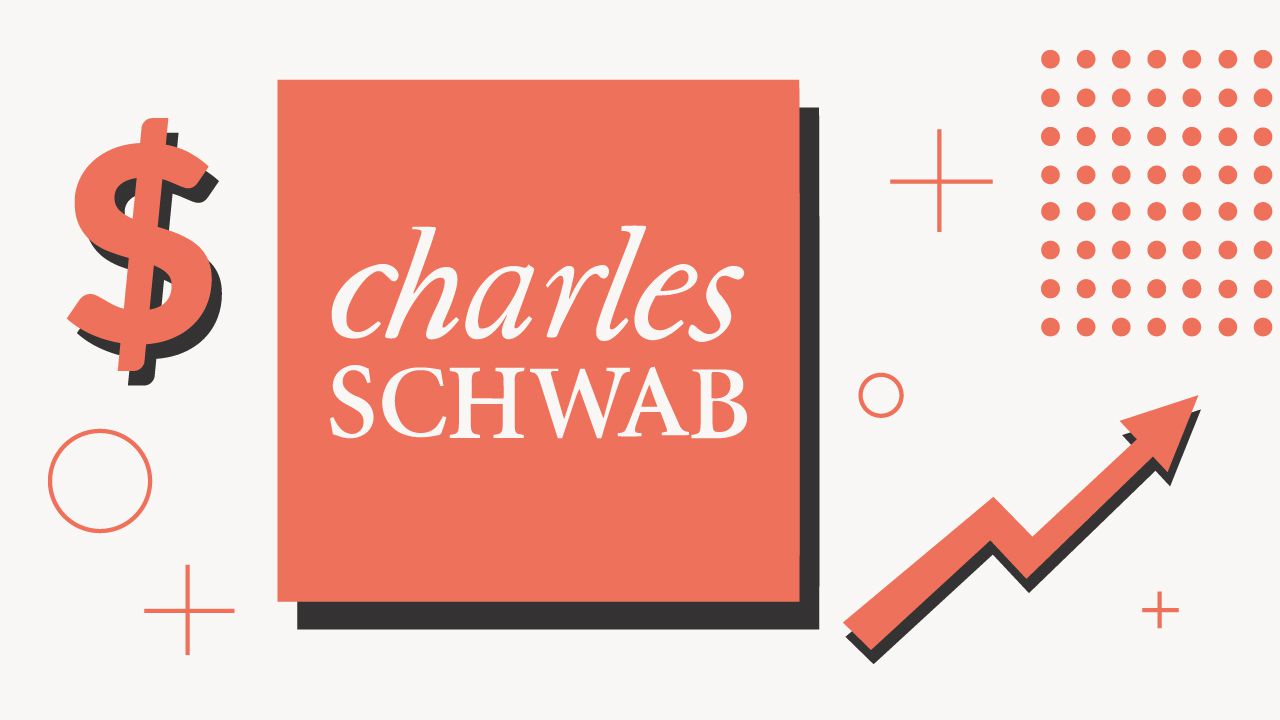

Finance
How To Buy Bonds On Ameritrade
Modified: February 21, 2024
Learn how to buy bonds on Ameritrade and enhance your finance portfolio. Step-by-step guide to investing in bonds on the popular finance platform.
(Many of the links in this article redirect to a specific reviewed product. Your purchase of these products through affiliate links helps to generate commission for LiveWell, at no extra cost. Learn more)
Table of Contents
Introduction
Investing in bonds can be a lucrative way to diversify your investment portfolio and generate steady income. Bonds are a type of debt security, where investors lend money to a government or a corporation in exchange for regular interest payments and the return of the principal amount at maturity. One popular platform for buying bonds is Ameritrade, a reputable online brokerage firm that provides a wide range of investment services.
In this article, we will guide you through the process of buying bonds on Ameritrade, from understanding the basics of bonds to opening an account, researching bond options, placing orders, and monitoring your investments. Whether you are a novice investor exploring the world of bonds or a seasoned investor looking for a reliable platform, this guide will provide you with the necessary steps and insights to navigate the bond market on Ameritrade.
Before we dive into the details, it is essential to have a solid understanding of bonds and how they work. Bonds are essentially loans made by investors to issuers, such as governments or corporations, in need of capital. In return, the issuer promises to pay periodic interest payments, known as coupon payments, and return the principal amount to the investor at maturity.
There are different types of bonds, including government bonds, corporate bonds, municipal bonds, and treasury bonds. Each type has its own risk and return characteristics, so it is crucial to do thorough research and determine which bonds align with your investment goals and risk appetite.
To start buying bonds on Ameritrade, you will need to open an account with the platform. Ameritrade offers various types of accounts, including individual brokerage accounts, retirement accounts, and education savings accounts. Depending on your financial goals, you can choose the account type that suits you best.
Understanding Bonds
Before diving into the world of bond investing on Ameritrade, it’s important to have a solid understanding of what bonds are and how they work. Bonds are debt instruments that are issued by governments, municipalities, and corporations to borrow money from investors. When you invest in a bond, you are essentially lending money to the issuer in exchange for regular interest payments and the return of the principal amount at maturity.
There are several key concepts to grasp when it comes to understanding bonds:
- Face Value: Also known as the “par value,” this is the original amount of money that the bond issuer agrees to repay the investor at maturity.
- Coupon Rate: The coupon rate is the interest rate that the issuer promises to pay the bondholder. It is typically expressed as a percentage of the face value and is paid in regular intervals, such as annually or semi-annually.
- Maturity Date: This is the date on which the bond reaches its full term, and the issuer is obligated to repay the face value to the bondholder.
- Yield: The yield is the return on investment (ROI) that an investor can expect to receive from a bond. It takes into account both the interest payments and the difference between the purchase price and the face value at maturity.
- Risk Rating: Bonds are assigned risk ratings by credit rating agencies to indicate the creditworthiness of the issuer. Higher-rated bonds are considered less risky and generally offer lower yields, while lower-rated bonds carry more risk but may offer higher yields.
It’s important to note that bonds carry varying degrees of risk, and different types of bonds have different risk profiles. Government bonds, particularly those issued by stable governments, are generally considered safer than corporate bonds or municipal bonds. Corporate bonds carry more risk, as they are dependent on the financial health of the issuing company. Municipal bonds are issued by local government entities and are backed by the revenues generated from specific projects or taxes.
When investing in bonds, it’s crucial to consider your risk tolerance, investment objectives, and time horizon. Some investors prefer low-risk bonds for capital preservation and steady income, while others may seek higher-risk bonds with the potential for higher returns. Understanding these factors will help you make informed decisions when exploring the bond market on Ameritrade.
Opening an Account with Ameritrade
Before you can start buying bonds on Ameritrade, you need to open an account with the platform. Opening an account on Ameritrade is a straightforward process that can be completed online. Here are the steps to get started:
- Visit the Ameritrade Website: Go to the official Ameritrade website and click on the “Open New Account” or “Get Started” button. This will initiate the account opening process.
- Select Account Type: Ameritrade offers a variety of account types, including individual brokerage accounts, retirement accounts like IRAs, and education savings accounts like 529 plans. Choose the type of account that suits your investment goals.
- Provide Personal Information: Fill out the requested personal information, including your name, address, date of birth, Social Security number, and employment details. Ameritrade is committed to safeguarding your personal information and employs strict security measures to protect your data.
- Choose Funding Method: Select how you want to fund your account. You can choose to transfer funds from your existing bank account, initiate a wire transfer, or deposit a check. Make sure you have the necessary funds available to start investing in bonds.
- Submit Application: Review the terms and conditions, and submit your application. Ameritrade will conduct a verification process to ensure the accuracy of the provided information.
- Set Up Security: Once your account is approved, you will need to set up security features such as a username, password, and security questions. This will help protect your account from unauthorized access.
After completing these steps, your Ameritrade account will be activated, and you can start exploring the bond market. It is important to note that Ameritrade may require additional documentation or information to verify your identity or financial situation.
Before making any investment decisions, it’s recommended that you familiarize yourself with the trading and account management tools offered by Ameritrade. The platform provides a range of research tools, real-time market data, and educational resources to assist you in making informed investment choices.
Now that you have successfully opened an account with Ameritrade, you are ready to dive into researching and buying bonds that align with your investment objectives. The next section will guide you through the process of researching bonds on Ameritrade to make informed investment decisions.
Researching Bonds
When it comes to investing in bonds on Ameritrade, conducting thorough research is essential to make informed investment decisions. Ameritrade provides a variety of research tools and resources to help you evaluate different bond options and choose the ones that align with your investment goals. Here are some of the key steps to effectively research bonds on Ameritrade:
- Define Your Investment Criteria: Before you start researching bonds, it’s important to have a clear understanding of your investment objectives, risk tolerance, and time horizon. This will help you filter out bond options that don’t meet your criteria.
- Utilize Ameritrade’s Research Tools: Ameritrade offers a suite of research tools, including bond screeners, bond calculators, and market analysis. These tools allow you to filter bonds based on criteria such as yield, maturity date, credit rating, and sector. Take advantage of these tools to narrow down your options.
- Understand Bond Ratings: Pay attention to the credit ratings assigned to bonds by reputable credit rating agencies such as Moody’s, Standard & Poor’s, and Fitch Ratings. Higher-rated bonds are generally considered less risky but may offer lower yields, while lower-rated bonds carry more risk but may offer higher yields.
- Analyze Bond Details: Once you have identified a potential bond investment, delve into the specific details of the bond. This includes analyzing the coupon rate, maturity date, yield, call features (if applicable), and any unique characteristics of the bond.
- Review issuer information: Assess the financial health and stability of the bond issuer. For government and municipal bonds, consider factors such as the economic condition of the issuing entity and its ability to make interest payments and repay the principal amount. For corporate bonds, analyze the company’s financial statements, industry performance, and market outlook.
- Read Research Reports and News: Take advantage of the research reports and news articles provided by Ameritrade. These resources can provide valuable insights into market trends, economic conditions, and specific bond issuances. Stay up-to-date with the latest news to make informed investment decisions.
Remember, investing in bonds involves risk, and it’s important to diversify your bond portfolio to mitigate risk. Consider investing in bonds with varying maturities, issuers, and sectors to spread your risk across different investments.
By conducting thorough research and utilizing the tools and resources offered by Ameritrade, you can gain a comprehensive understanding of the bond market and make informed investment decisions that align with your financial goals.
Once you have completed your research and identified the bonds you wish to invest in, the next step is placing a bond order on Ameritrade. This process will be covered in the next section.
Placing a Bond Order
After conducting thorough research and identifying the bonds you want to invest in, the next step is to place a bond order on Ameritrade. Placing a bond order involves specifying the quantity, price, and other relevant details of the bond you wish to purchase. Here’s a step-by-step guide on how to place a bond order on Ameritrade:
- Log in to your Ameritrade Account: Go to the Ameritrade website and log in to your account using your username and password. Make sure you have sufficient funds available in your account to cover the purchase of the bonds.
- Navigate to the Bond Trading Section: Once logged in, navigate to the bond trading section of the platform. Ameritrade typically offers a dedicated section or tab for bond trading.
- Search for the Desired Bond: Use the search or navigation tools provided by Ameritrade to find the specific bond you want to purchase. You can search by bond name, symbol, or other relevant criteria.
- Select the Bond: Once you locate the desired bond, click on it to view more details, including the current price, yield, maturity date, and other relevant information. Review this information to ensure it aligns with your investment criteria.
- Specify the Order Details: Determine the quantity of bonds you wish to purchase, specify the price at which you want to execute the order (if applicable), and select the order type (e.g., market order or limit order). A market order will execute the order at the prevailing market price, while a limit order allows you to specify a maximum price you are willing to pay for the bond.
- Preview and Confirm the Order: Review the order details and ensure they are accurate. Take a moment to recheck the details before proceeding to the order confirmation stage. Verify the transaction fees associated with the order, as Ameritrade may charge a fee for bond transactions.
- Submit the Order: Once you are satisfied with the order details, submit the order for execution. Ameritrade will process the order based on the specified terms and conditions.
- Monitor the Order: After submitting the order, monitor your account to track the execution status. Ameritrade provides real-time updates on the status of your orders, and you can view the order history to track the progress.
It’s important to note that bond prices can fluctuate, and the availability of specific bonds may vary. If your order cannot be executed immediately, you may need to adjust the price or quantity, or wait for a suitable opportunity to place the order.
Once your bond order is successfully executed, the purchased bonds will be added to your portfolio. You can monitor your bond investments, track their performance, and receive interest payments on Ameritrade’s platform.
Now that you have learned how to place a bond order on Ameritrade, let’s explore the next section on how to effectively monitor your bond investments.
Monitoring Bond Investments
Once you have purchased bonds on Ameritrade, it’s important to actively monitor your investments to assess their performance and make informed decisions. Monitoring your bond investments allows you to stay informed about any market changes, interest rate fluctuations, and credit rating updates that may impact your portfolio. Here are some key steps to effectively monitor your bond investments:
- Set Up Portfolio Alerts: Ameritrade offers portfolio alert features that allow you to set notifications for specific events or price movements. You can set alerts for changes in bond prices, yield-to-maturity, or credit rating updates. This will help you stay informed about any significant changes that may require your attention.
- Track Market Trends: Stay updated on market news and developments that may impact the bond market. Economic indicators, interest rate movements, and geopolitical events can all influence bond prices and creditworthiness. Regularly review market news and research reports provided by Ameritrade to stay informed.
- Monitor Yield-to-Maturity (YTM): Keep an eye on the yield-to-maturity of your bond investments. YTM is a measure of the total return you can expect to receive from a bond if held until maturity. Changes in interest rates or credit risk can impact the YTM of your bonds.
- Review Credit Ratings: Periodically check the credit ratings of the bond issuers. Credit rating agencies may update their assessments based on the issuer’s financial condition or changes in the overall economy. Downgrades or upgrades in credit ratings can signal changes in the bond’s risk profile.
- Assess Income Payments: Track the regular interest payments received from your bond investments. Ensure that the interest payments are being deposited in your account as expected. If there are any discrepancies or issues, notify Ameritrade’s customer support for assistance.
- Reassess Your Investment Strategy: As market conditions and your financial goals evolve, periodically reassess your bond investment strategy. You may consider rebalancing your portfolio by selling certain bonds and purchasing others that align better with your revised investment objectives.
- Consult with a Financial Advisor: If you are new to bond investing or need guidance, consider consulting with a financial advisor who specializes in fixed-income investments. They can provide personalized advice based on your financial situation and goals.
Remember that bond investments are subject to market risk, and past performance is not a guarantee of future results. Regularly monitoring your investments will help you make informed decisions and take necessary actions when needed.
Ameritrade provides a user-friendly platform with portfolio tracking tools and investment resources to assist you in effectively monitoring your bond investments. By staying informed and actively managing your portfolio, you can optimize your bond investment strategy and potentially achieve your financial goals.
Now that you understand how to monitor your bond investments, let’s explore some strategies for bond investing in the next section.
Strategies for Bond Investing
When it comes to bond investing, there are various strategies that investors can employ to achieve their financial goals. Understanding these strategies can help you make informed decisions and optimize your bond portfolio on Ameritrade. Here are some commonly used strategies for bond investing:
- Buy and Hold Strategy: This strategy involves purchasing bonds with the intention to hold them until maturity. By holding bonds until maturity, you can collect the periodic interest payments and receive the full face value of the bond at maturity. This strategy works well for investors seeking a predictable income stream and capital preservation.
- Yield Curve Strategy: The yield curve strategy involves investing in bonds with varying maturities to take advantage of changes in interest rates. When the yield curve is upward sloping, longer-term bonds tend to offer higher yields. Conversely, when the yield curve is inverted, shorter-term bonds may provide better returns.
- Income Generation Strategy: Investors seeking regular income may focus on high-yield bonds or bond funds that offer higher coupon rates. High-yield bonds, also known as junk bonds, often carry higher risk due to lower credit ratings, but they compensate investors with higher yields.
- Diversification Strategy: Diversifying your bond portfolio is essential for managing risk. By investing in bonds from different issuers, sectors, and geographic regions, you can spread your risk and potentially minimize the impact of any individual bond default or market downturn.
- Duration Matching Strategy: Duration is a measure of a bond’s sensitivity to changes in interest rates. Duration matching involves selecting bonds with durations that align with your investment time horizon. For example, if you have a short investment horizon, investing in bonds with shorter durations can help minimize the impact of interest rate fluctuations.
- Tactical Asset Allocation: This strategy involves actively adjusting your bond portfolio based on changes in market conditions and economic outlook. Tactical asset allocation allows you to capitalize on potential opportunities or mitigate risks by shifting allocations between different bond sectors, such as government bonds, corporate bonds, or municipal bonds.
It’s important to note that each strategy comes with its own risks and rewards. The choice of strategy will depend on factors such as your risk tolerance, investment objectives, and market conditions. It’s always advisable to consult with a financial advisor or do thorough research before implementing any strategy.
Ameritrade offers a range of investment research tools, portfolio analytics, and educational resources to assist you in implementing your chosen bond investment strategy. Utilize these resources to monitor market trends, analyze bond options, and make informed investment decisions.
Remember that the bond market can be influenced by various factors, including changes in interest rates, creditworthiness of issuers, and economic conditions. Stay informed, conduct periodic portfolio reviews, and make adjustments as needed to align your bond investments with your financial goals.
Now that you have explored different bond investment strategies, it’s important to remember that bond investing carries risks. Before investing, do thorough research, evaluate your financial situation, and consult with a professional if needed.
Conclusion
Investing in bonds on Ameritrade can be a rewarding way to diversify your investment portfolio, generate steady income, and achieve your financial goals. By understanding the fundamentals of bonds, opening an account with Ameritrade, conducting thorough research, placing bond orders, and monitoring your investments, you can navigate the bond market with confidence and make informed investment decisions.
Throughout this guide, we have explored the key steps and strategies involved in bond investing on Ameritrade. We discussed the importance of understanding bonds and the various types available, as well as the process of opening an account with Ameritrade to initiate your bond investments.
We delved into the significance of conducting thorough research on bond options to align with your investment goals and risk tolerance. We also discussed the process of placing a bond order on Ameritrade, including specifying the details of the desired bonds and monitoring the execution status.
To ensure optimal performance and manage risk, we emphasized the importance of actively monitoring your bond investments. By staying informed about market trends, reviewing credit ratings, and assessing income payments, you can make informed decisions and take appropriate actions when needed.
Lastly, we explored different strategies for bond investing, including buy and hold, yield curve, income generation, diversification, duration matching, and tactical asset allocation strategies. These strategies provide flexibility and cater to various investor preferences and objectives.
Remember, bond investing carries risks and it’s important to do thorough research, understand your financial goals, and consult with a professional advisor if needed. Ameritrade offers a comprehensive platform with research tools, market data, and educational resources to support your bond investing journey.
As you embark on your bond investing journey, remember to continuously educate yourself, adapt to changing market conditions, and stay focused on your long-term investment goals. Bond investing requires patience, discipline, and a well-thought-out strategy.
By following the steps outlined in this guide and utilizing the resources available on Ameritrade, you are well-equipped to navigate the bond market and make informed investment decisions that align with your financial aspirations. Happy investing!














